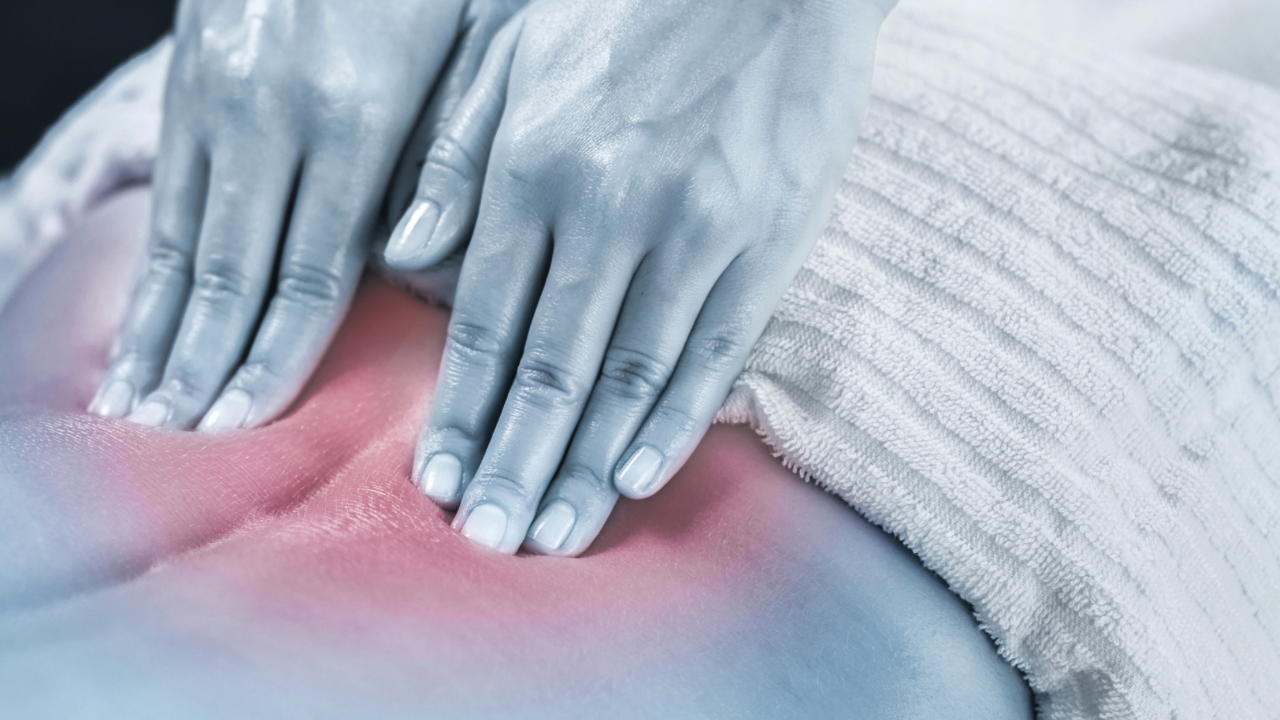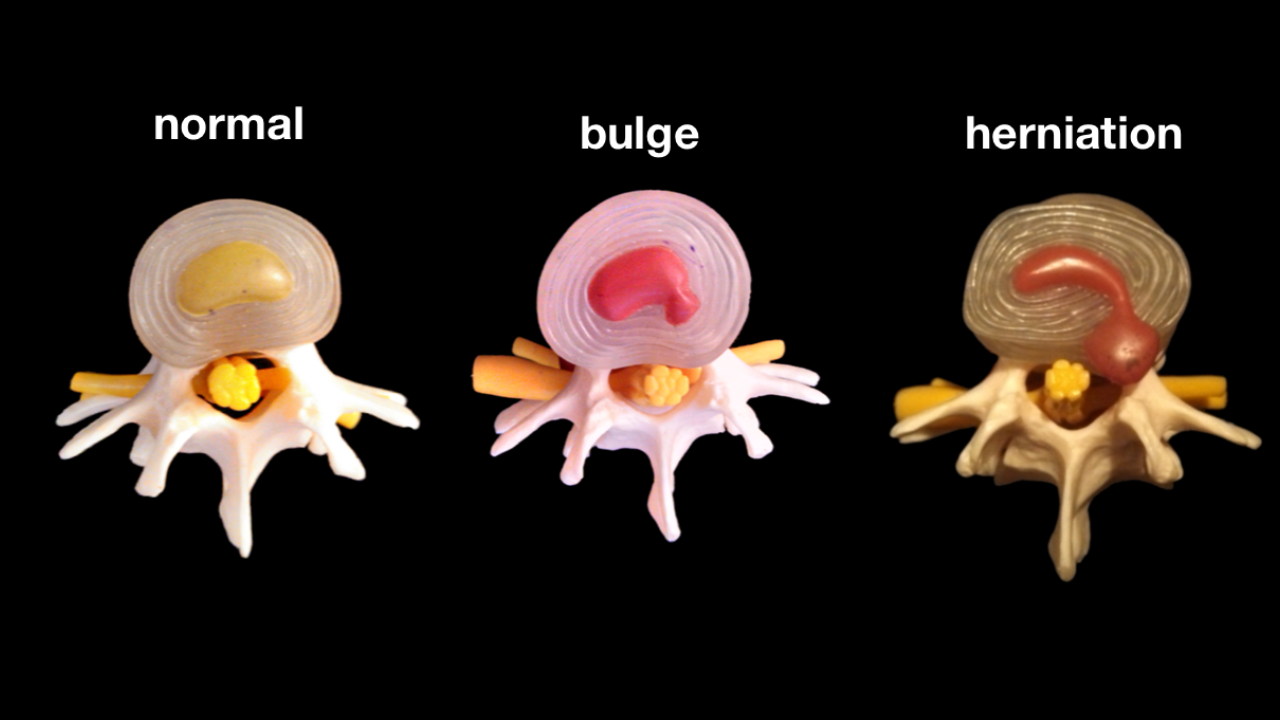Disc Degeneration – Anatomy
In this video Dr. Stephen Graham explains the anatomy of the disc and how the disc degenerates. There are 23 discs in the spine and they act as shock absorbers for the spinal column. The disc is made up of a hard rubber like material with a jelly like material in the middle. Dr. Graham points out that you may get a good visual if you think about a jelly donut.
Up to the age of 10, the discs get an automatic blood supply. This blood flow is where the discs get its nutrients from. In fact, 80% of the disc is made up of water. After the age of 10 the disc receives it’s nutrition from movement of the spinal bones. This movement , i.e., bending and twisting, pumps the blood through the disc. As long as there is a good supply of nutrition to the disc it could last 100 years.
This continual hydration keeps the outer covering healthy. This is beneficial, Dr. Graham states, because when the outer covering is healthy it will contain the jelly (which is always trying to escape) in the middle. When the jelly stays in the middle people will not lose their height and they will increase their chances of escaping back pain.
The disc serves a few functions. One function that was mentioned earlier is that the intervertebral disc acts like a shock absorber. If the disc was not present we would have no cushion and we would be bone on bone. We would not be able to bend and twist because the spine would be more like one long bone instead of 24 moveable bones.
Another function of the disc is to act like spacer for the nerve to flow through. When the disc thins or degenerates the hole gets too small and pinches the contents traveling through the hole gets impinged on. This may cause low back pain, leg pain, numbness and tingling.
When the spine misaligns it may jam up the spinal bones and this may cause the blood to not flow through at an optimal level and this lack of nutrition will cause the disc to dry out (disc dessication).
Another cause of spinal degeneration is age. There are a great number of patients that because of age the nutrition slows down. Dr. Graham reports that at least half of his patients over 60 have spinal degeneration.
On plain x-ray film a normal disc will look thick while a degenerated disc will look thin. In the beginnings of disc degeneration (disc dessication) the disc on plain film will look normal.
On MRI a healthy disc will have a white signal while a degenerated disc will look black when there is disc dessication or spinal degeneration.
More Graham Chiropractic Blogs





More Graham Chiropractic Case Studies
Useful Links
Office Location
Hours
| Monday | 5:00A - 11:00A |
|---|---|
| Tuesday | 5:00A - 11:00A |
| Wednesday | 5:00A - 11:00A |
| Thursday | 5:00A - 11:00A |
All Rights Reserved | Graham Chiropractic
* YOU HAVE THE RIGHT TO REFUSE, TO PAY, CANCEL( RESCIND) PAYMENT OR BEING REIMBURSED FOR ANY OTHER SERVICE, EXAMINATION OR TREATMENT WHICH IS PERFORMED AS A RESULT OF AND WITHIN 72 HOURS.







